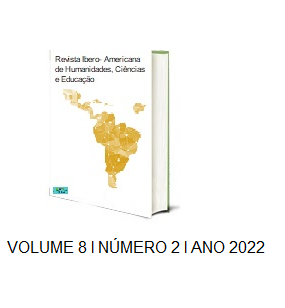THE PROBLEMS OF PERSONAL RECOGNITION IN THE HEARING ROOM AND THE RIGHT TO SILENCE AS NON-COERCTIVE VIOLENCE IN REACTION/CRITICAL TO STATE VIOLENCE
DOI:
https://doi.org/10.51891/rease.v8i2.4288Keywords:
Personal recognition. Right to silence. State violence. Non-coercive violence. Judith Butler Walter Benjamin.Abstract
The objective of the present work is to analyze the main problems related to one of the forms of flexibilization of personal recognition established in art. 226 of the CPP: recognition carried out in the courtroom. Without any legal provision, violating the accusatory system and blatantly inductive, this type of recognition constitutes true state violence. The evocation of the right to silence (“nemo tenetur se detegere”) appears, therefore, as a kind of non-coercive reaction to state violence (paradoxically, non-violent violence). In this sense, next, the concepts of state coercive violence and non-coercive reaction violence (pacifism) conceived by Judith Butler in a comment to the work “For a critique of violence” by Walter Benjamin are discussed. In conclusion, a parallel is established between state coercive violence that makes personal recognition more flexible and produces illegal evidence and non-coercive and peaceful violence of the subject who refuses to submit to recognition.
Downloads
Downloads
Published
How to Cite
Issue
Section
Categories
License
Atribuição CC BY

